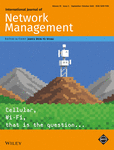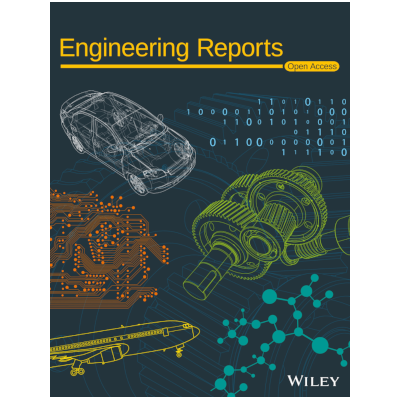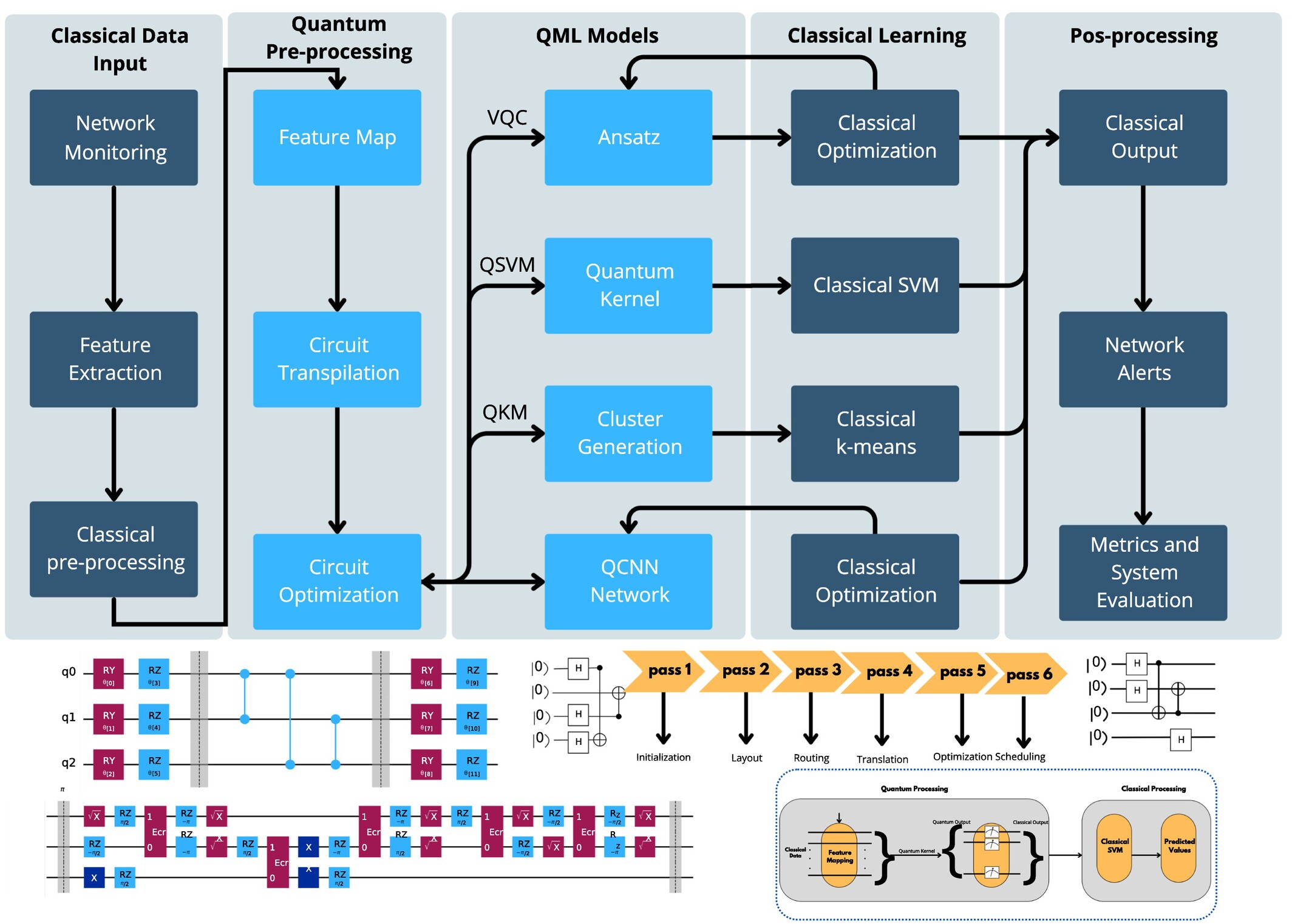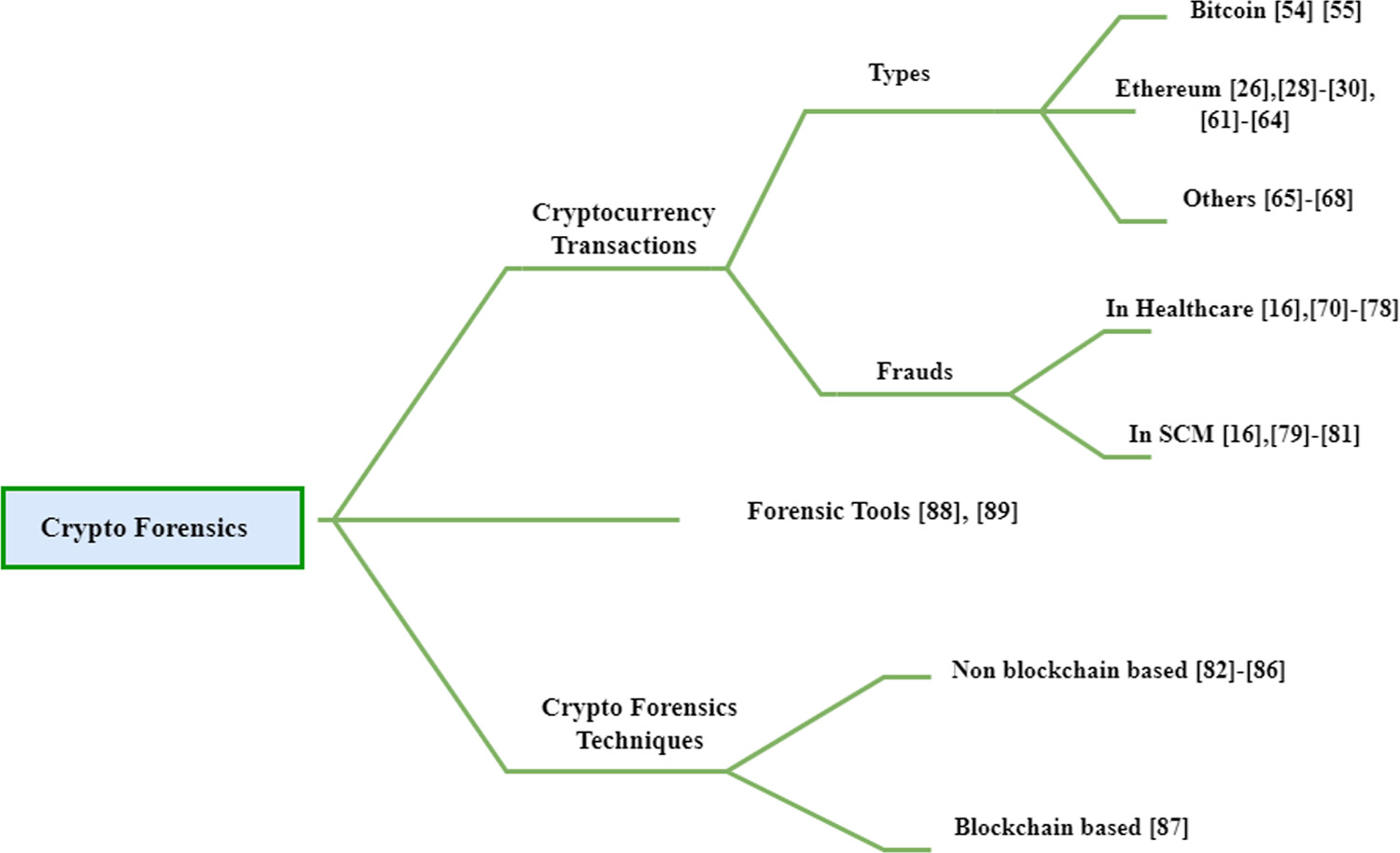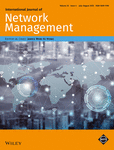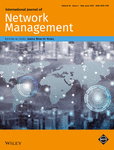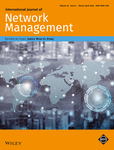Edited By: James Won-Ki Hong
International Journal of Network Management publishes papers that identify new and better ways to manage, operate and maintain computer networks and communication systems. A broad-scope journal, we publish theoretical and experimental articles by researchers, practitioners and industry professionals across the world. We welcome submissions on cloud computing, integrating wired and wireless technologies, ensuring security and quality of service, and reliably operating large-scale systems.
Journal Metrics
- 5.4CiteScore
- 2.6Journal Impact Factor
- 3%Acceptance rate
- 5 days Submission to first decision
Articles
Editorial for the Special Issue on Research Trends in Network Operations and Management With Selected Papers From the 42nd Brazilian Symposium on Computer Networks and Distributed Systems
- 8 July 2025
Performance and Resilience Impact of Microservice Granularity: An Empirical Evaluation Using Service Weaver and Amazon EKS
- 24 June 2025
QuantumNetSec: Quantum Machine Learning for Network Security
- 1 June 2025
The following is a list of the most cited articles based on citations published in the last three years, according to CrossRef.
A survey of methods for encrypted traffic classification and analysis
- 355-374
- 15 July 2015
Graphical Abstract

This paper surveys existing approaches for classification and analysis of encrypted traffic. It shows that the initiation of an encrypted connection and the protocol structure give away much information for encrypted traffic classification and analysis. Then, payload and feature-based classification methods for encrypted traffic are surveyed and categorized using an established taxonomy. Finally, a comprehensive comparison of the surveyed feature-based classification methods is made, and their weaknesses and strengths are presented.
A survey on blockchain cybersecurity vulnerabilities and possible countermeasures
- 6 January 2019
Graphical Abstract
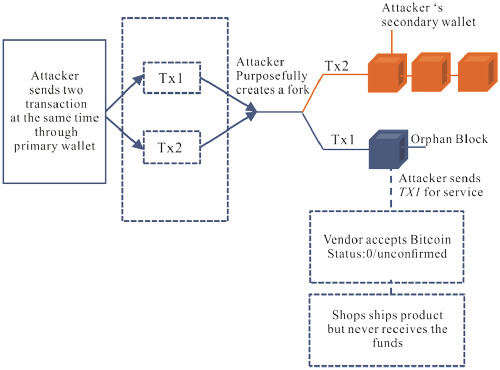
Study presents a review on security threats and vulnerabilities in existing cryptocurrency systems that include the possibility of attacks with a focus on issues related to user privacy and transaction anonymity. The real attacks on blockchain systems are investigated, and current possible countermeasure methods by attack types are discussed. Furthermore, practical and academic merits to enhance the security of blockchain and limitations of state-of-the-art security solutions are summarized and discussed, and future directions in area of blockchain security are suggested.
FastFabric: Scaling hyperledger fabric to 20 000 transactions per second
- 11 February 2020
Graphical Abstract
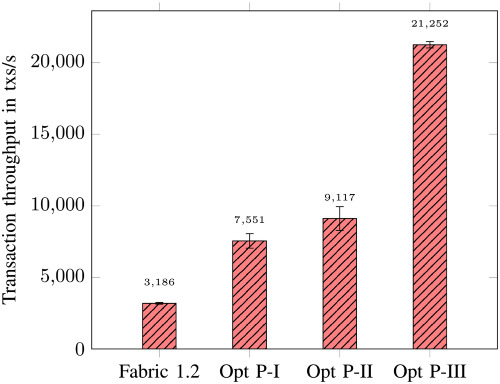
This work shows how a permissioned blockchain framework such as Hyperledger Fabric can be re-engineered to support nearly 20 000 transactions per second, a factor of almost 7 better than the prior work. We accomplished this goal by implementing a series of independent optimizations focusing on I/O, caching, parallelism and efficient data access. We also use aggressive caching, and we leverage lightweight data structures for fast data access on the critical path.
Blockchain and smart contracts for higher education registry in Brazil
- 21 January 2019
Graphical Abstract
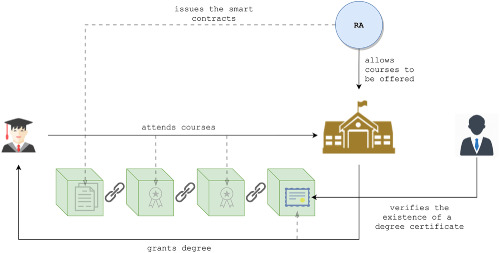
We propose a blockchain-based solution to automate the issuance of degree certificates in the Brazilian higher education system. The goal is to tackle unmanaged risk, bureaucracy, human interference, and frauds. The solution consists of Ethereum smart contracts that allow higher education institutions to register students' academic achievements. The Brazilian Public Key Infrastructure is used to identify institutions in the blockchain. When the smart contracts identify that a student has completed a degree, they issue a degree certificate in the blockchain.
A survey and classification of controller placement problem in SDN
- 23 March 2018
Graphical Abstract
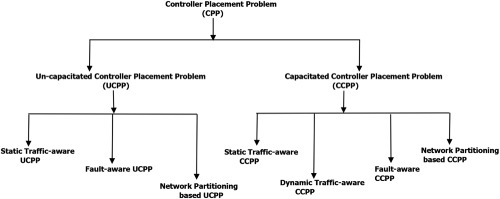
This review paper classifies the CPP, critically analyzes the existing solutions, finds limitations, and future scope existing which will help to potential researchers in this area to innovate new solutions for CPP lying on this information. Different aspects of our review are the classification of CPP based on the capacity of controllers, network traffic which may be static or dynamic traffic, fault-tolerance and network partitioning. We also present open research issues in CPP raised by researchers and industry professionals around the globe.
Recent issues
- Volume 35, Issue 5September/October 2025
- Volume 35, Issue 4July/August 2025
- Volume 35, Issue 3May/June 2025
- Volume 35, Issue 2March/April 2025



